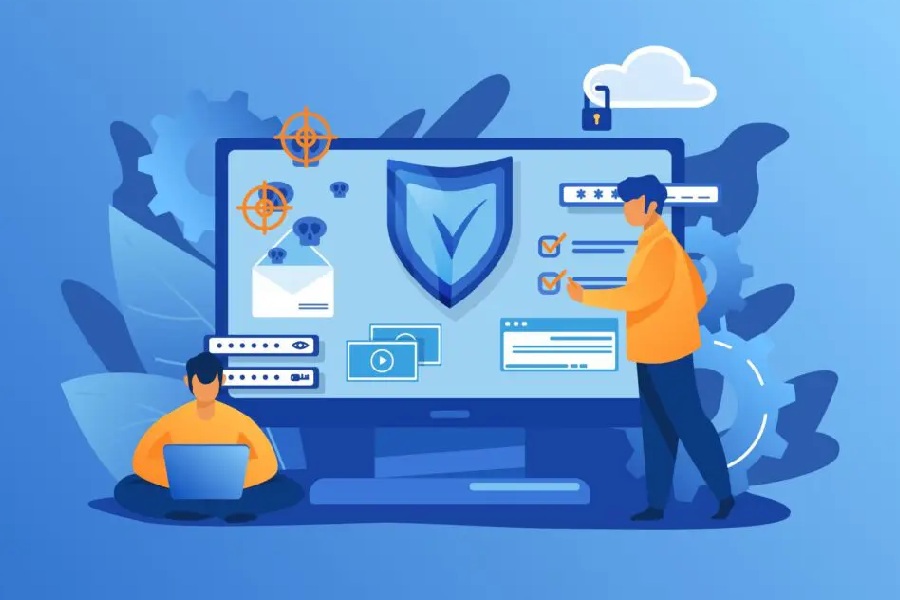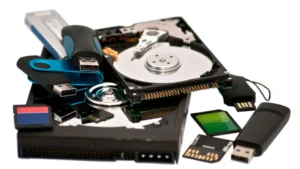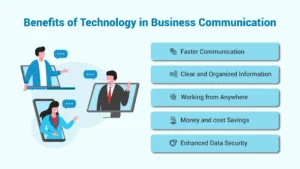Understanding how to secure a network is essential for protecting sensitive information and preventing unauthorized access. In fact, securing a network is super important in today’s world where so much of our stuff happens online, like sending emails or doing banking. A secure network keeps your information safe from bad guys and stops them from sneaking into your data. In this article, we’ll talk about why network security matters a lot and check out ten steps on how to secure a network.
Picture your network as a digital fortress that protects all your important stuff, like passwords and personal info, from cyber attacks. In a secured network, hackers could break in and steal your data or mess things up, causing a lot of trouble. So, let’s dive in and learn how to build a strong wall around our digital world!
What is a Secure Network?
Imagine your network as a fortress, with thick walls and vigilant guards keeping out intruders. That’s what a secure network is like – a digital fortress that protects your data from bad guys trying to sneak in and cause trouble. Think of it as locking your doors and windows to keep your home safe; a secure network locks up your digital information so only trusted users can access it.

How to secure a network? Well, you need to use special rules, tools, and technologies. These are like secret codes and invisible shields that stop hackers and cyber-criminals from getting inside. They work together to make sure your emails, files, and online activities stay private and secure. Just like how you wouldn’t want strangers rummaging through your stuff at home, a secure network keeps your digital belongings safe from prying eyes and harmful attacks.
What are the Types of Network Security?
A trusted internet connection is like a fortress protecting your digital treasures from sneaky intruders. Network security is like adding layers of armor to this fortress, making sure that only trusted guests can enter while keeping the bad guys out. How to Secure a Network? Let’s explore the different types of security tools that make this possible:
- Firewalls: These are like digital guards standing at the gates of your network. They watch every bit of information coming in and going out, making sure only the right stuff gets through.
- Antivirus Software: Think of this as a shield against invisible monsters. It hunts down and destroys harmful software like viruses and malware, keeping your network healthy.
- Intrusion Detection Systems (IDS): These are like detectives, always on the lookout for strange activities in your network. If they spot anything fishy, they raise the alarm before it’s too late.
- Virtual Private Networks (VPNs): Imagine a secret tunnel through the internet. VPNs create this tunnel, keeping your data safe from prying eyes when you’re online.
- Access Control: This is like having a bouncer at a VIP party. It checks everyone’s credentials to ensure only the guests get access to sensitive areas.
- Encryption: Picture turning your messages into secret codes that only your friends can decode. Encryption does just that, making sure your data stays private even if it falls into the wrong hands.
Each of these tools plays a vital role in keeping your network secure. It’s like having a team of superheroes working together to protect your digital world from villains!

Why is Network Security Important for Data Protection?
Let’s break it down in simpler terms.
- Preventing Data Breaches: Imagine someone breaking into your house and stealing your valuables. In the digital world, a data breach is like that theft. But with good network security, it’s like having strong locks on your doors and windows, making it harder for intruders to get in and steal your information. This helps avoid financial losses and keeps your reputation intact.
- Protecting Confidential Information: Just like you wouldn’t want strangers peeking into your diary, businesses need to keep their confidential information safe. This includes things like customer details, financial records, and important secrets. Data network security ensures that this information stays private and is only accessible to authorized people.
- Compliance with Regulations: Think of network security as following the rules. Many industries have strict laws about protecting data. By having strong network security measures in place, businesses can stay on the right side of the law and avoid getting into trouble with regulators.
- Keeping Business Running Smoothly: Imagine if your favorite store suddenly had to close down because of a security breach. It would disrupt your shopping plans, right? The same goes for businesses. A secure network helps them stay open and running smoothly, even if there’s a cyber attack or system problem.
So, in simple terms, security in networking is like having a strong fence around your digital property. It keeps the bad guys out, protects your secrets, follows the rules, and ensures that everything keeps working as it should.
Key Steps on How to Secure a Network
Conduct a Security Audit:
Assess your current network infrastructure, identify vulnerabilities, and prioritize areas that need immediate attention.
Use network security tools and software to perform scans and detect potential threats.
Implement Strong Password Policies:
Encourage employees to use complex passwords that include a mix of letters, numbers, and special characters.
Enforce regular password changes and avoid using default or easily guessable passwords.
Update Software Regularly:
Keep all software, including operating systems, applications, and security tools, up to date with the latest patches and updates.
Set up automatic updates whenever possible to ensure timely protection against known vulnerabilities.
Deploy Firewalls:
Install and configure firewalls to monitor incoming and outgoing network traffic.
Define firewall rules based on your organization’s security policies to block unauthorized access and malicious content.
Use Secure Network Connection Protocols:
Utilize secure network protocols such as HTTPS, SSL/TLS, and IPsec for encrypted communication.
Avoid using unsecured public Wi-Fi networks for sensitive tasks and use VPNs for secure remote access.
Educate Employees on Security Best Practices:
Conduct regular training sessions to educate employees about phishing scams, social engineering tactics, and other cybersecurity threats.
Encourage a culture of security awareness and provide guidelines for safe browsing and email usage to protect networks.
Implement Access Control Measures:
Use role-based access control (RBAC) to limit user permissions based on their job roles and responsibilities.
Regularly review and update access rights to ensure that only authorized individuals have access to sensitive data.
Backup Data Regularly:
Implement a robust data backup and recovery plan to protect against data loss due to cyber attacks, hardware failures, or natural disasters.
Store backups securely and test restoration procedures periodically to ensure data integrity.
Monitor and Analyze Network Traffic:
Use network monitoring tools to track and analyze network traffic patterns, anomalies, and potential security incidents.
Set up alerts for suspicious activities and respond promptly to mitigate risks.
Conduct Regular Security Audits and Penetration Testing:
Schedule periodic security audits and penetration testing to evaluate the effectiveness of your network security measures.
Address any identified weaknesses or vulnerabilities promptly and update security policies accordingly to secure network systems.

Final Words
Securing a network means protecting it from bad people trying to steal or mess with your important stuff online. It’s like locking your house doors to keep burglars out but for your digital world. This process isn’t just one thing; it’s like putting together a strong shield using different tools and ensuring everyone in your team knows how to keep things safe.
To do this, you must follow the ten steps about how to secure a network we discussed earlier. First, check your network’s safety with a special tool, like how a doctor checks your health. Then, make sure everyone in your team uses strong, hard-to-guess passwords. Updating your software is like giving your phone or computer a booster shot to keep it strong against bad bugs. Firewalls are like guards at the gate of your network, checking who comes in and who goes out.
Using safe networks and telling your team about tricky things like phishing emails helps a lot too. Imagine if someone pretended to be your friend to get your secrets—phishing is like that, but online. Limiting who can see what is on your network is also important. It’s like making sure only certain people have keys to certain rooms in your house. Regularly backing up your data is like making copies of your favorite book so you never lose it, even if something bad happens.
Monitoring your network for any weird activities is like having a detective looking out for anything suspicious. And sometimes, you need to check how strong your shield is by doing tests to see if any sneaky bugs can get through. All of these steps together make your network a fortress, protecting your important things and keeping everyone’s trust in your digital world safe and sound.
Author
-

Jay S. Allen, MCP, MCSA, MCSE, MCSE+ Security, is an experienced IT professional with more than 20 years in the industry. He specializes in delivering enterprise-level cybersecurity and IT support solutions tailored to small and mid-sized businesses. Through Techno Advantage, Jay is dedicated to helping organizations strengthen their security posture and achieve greater efficiency through smart, scalable technology solutions.










